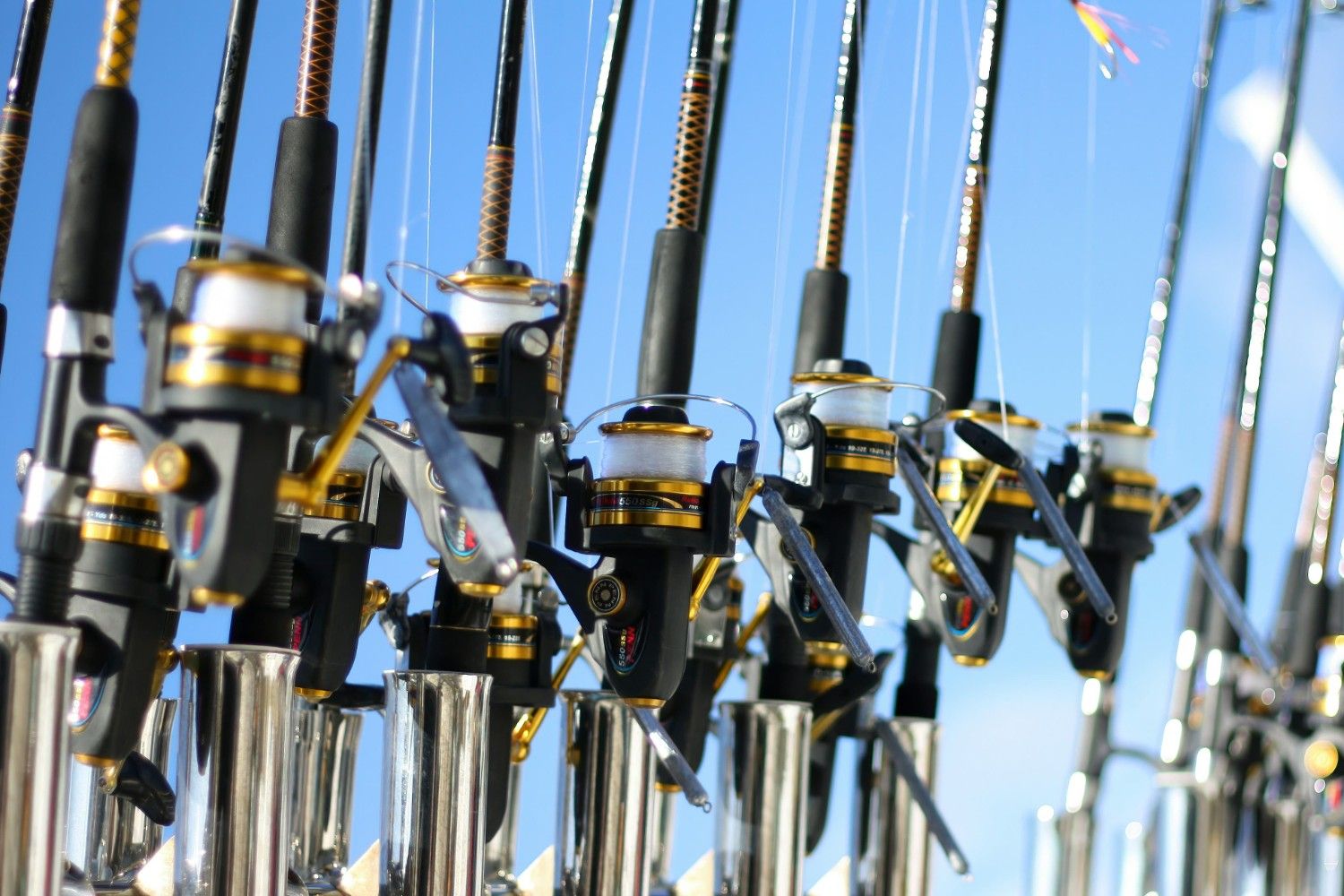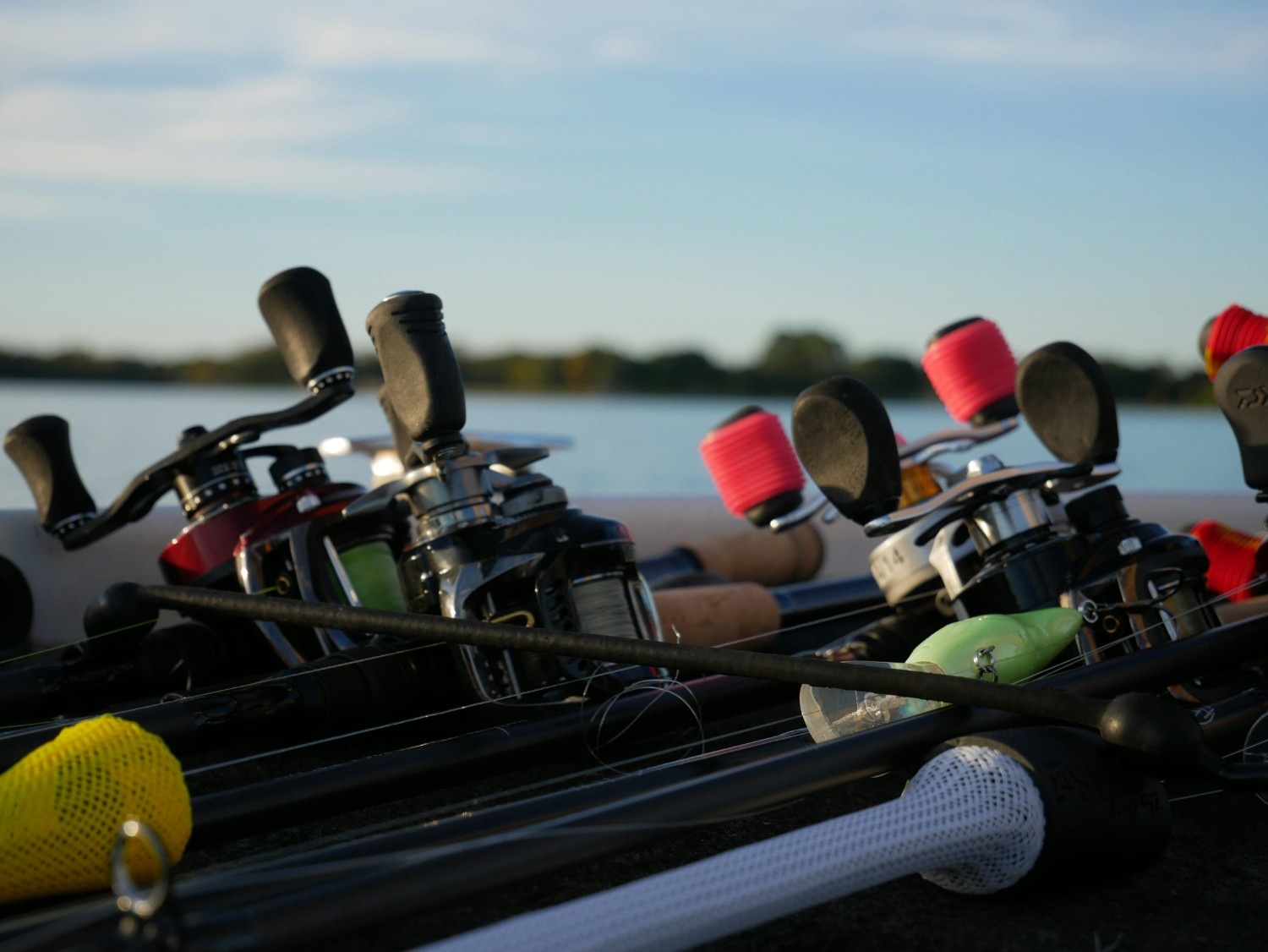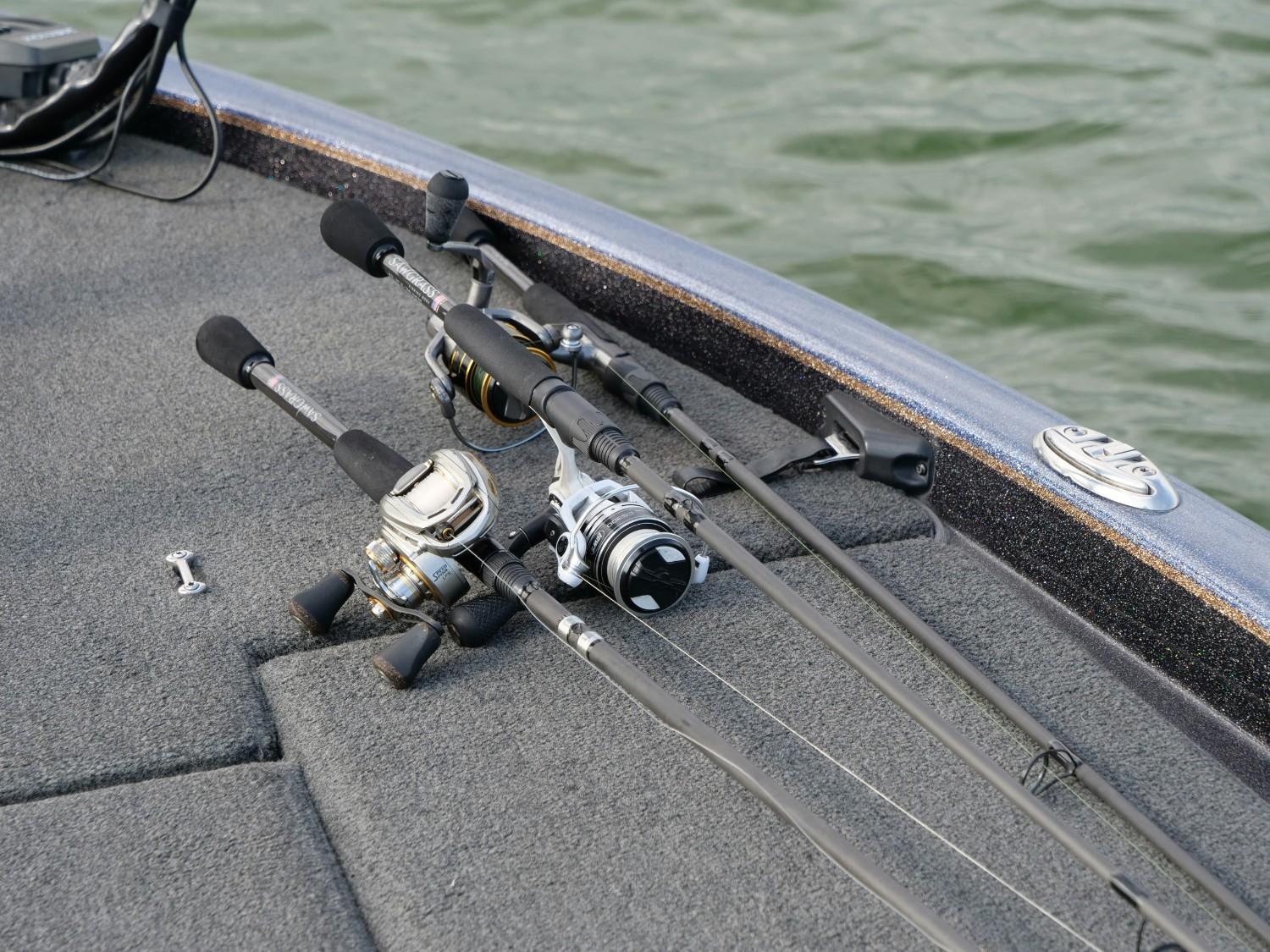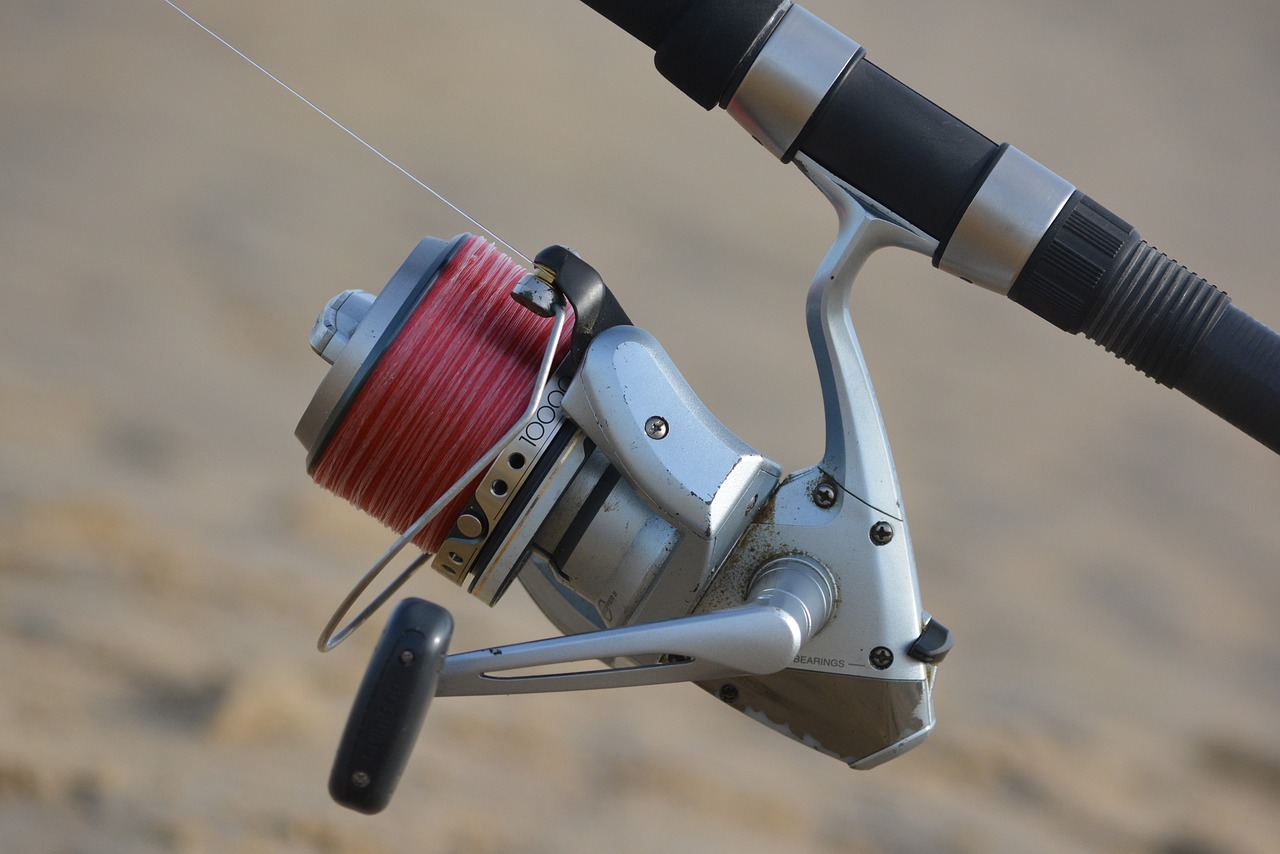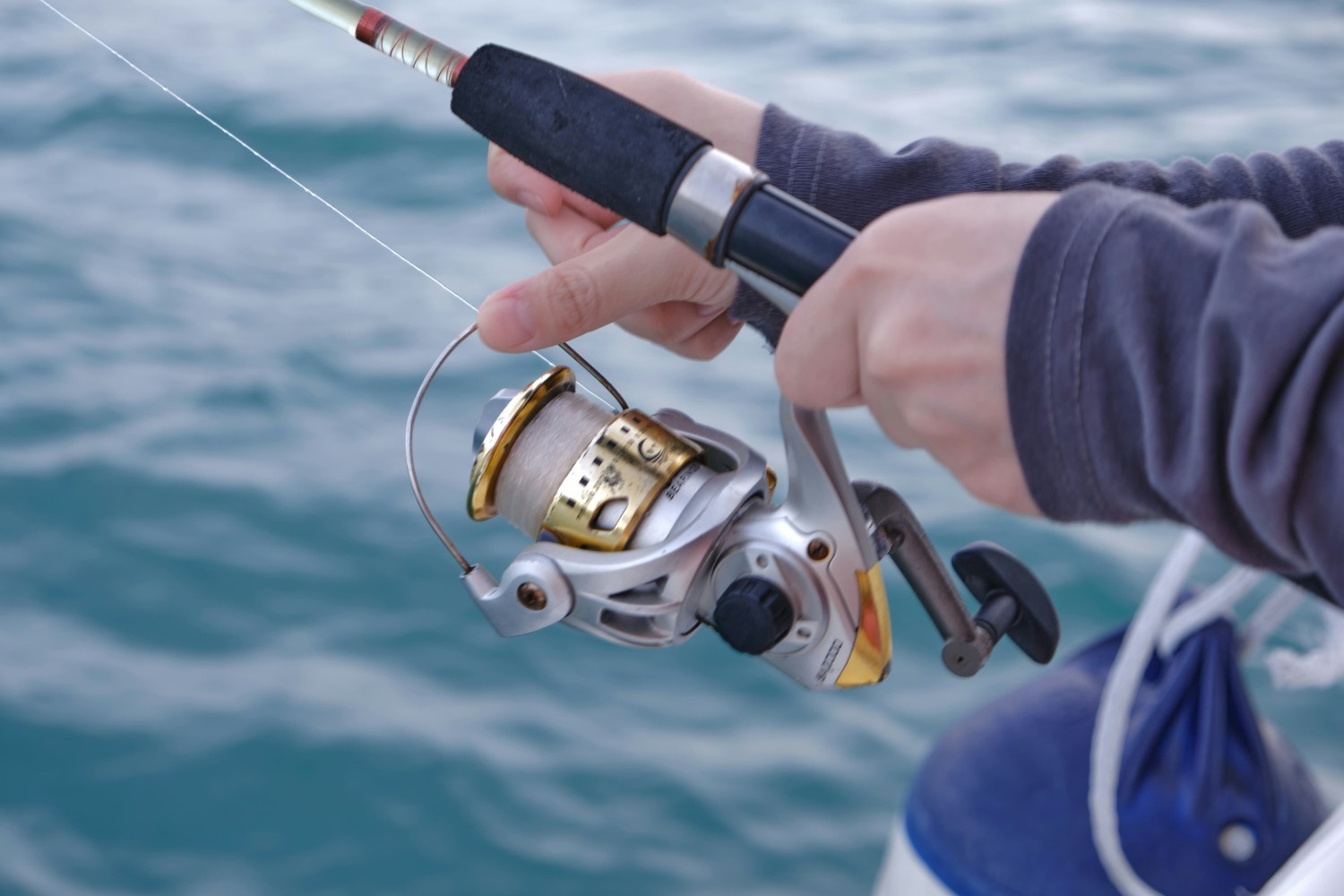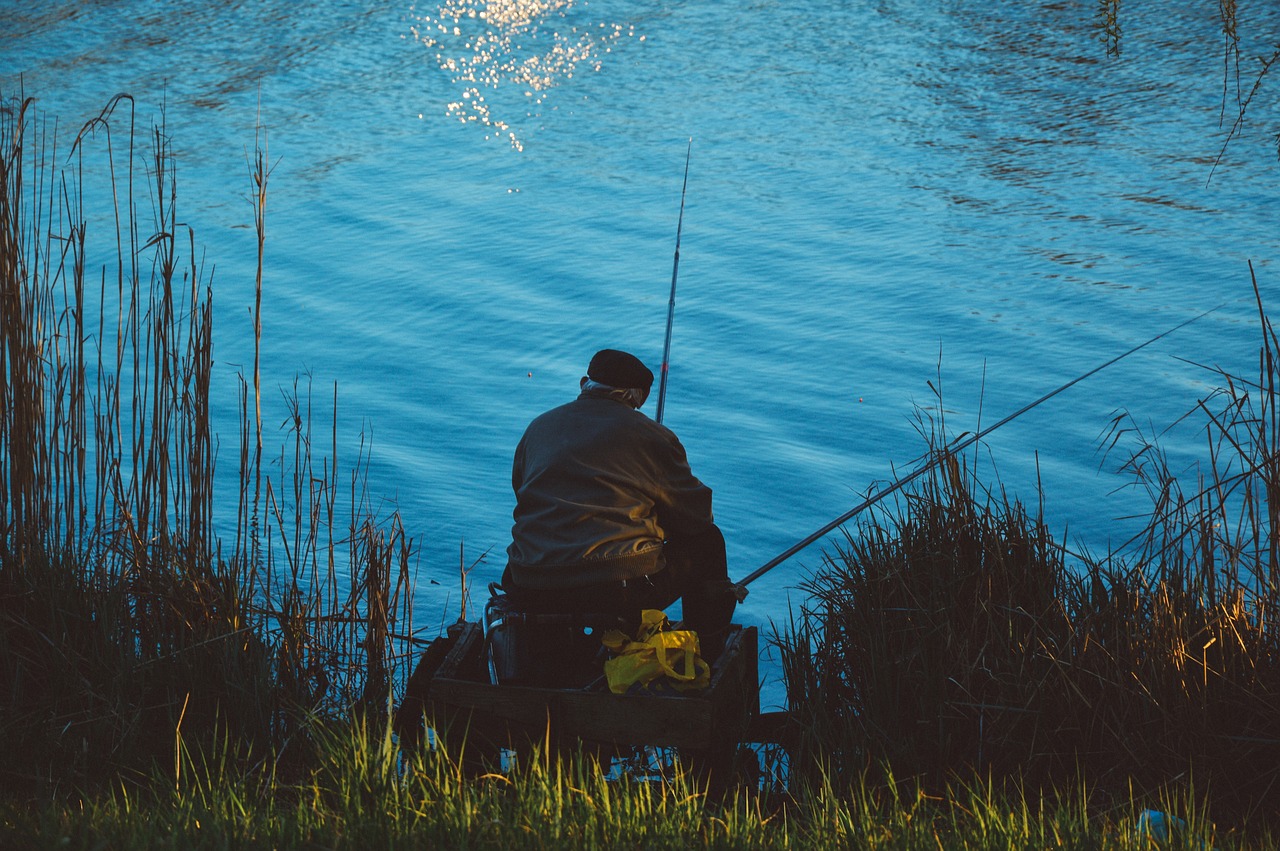When it comes to fishing reels, anglers have a variety of options to consider. From open-faced reels to closed-faced spinning reels to bait caster reels, today's reels utilise innovative technologies to make each cast, retrieve, and fish-fighting manoeuvre smooth and efficient. As any seasoned angler will tell you, having quality fishing tackle can make or break your fishing success on any given day. After the fishing rod itself, the importance of an angler's reel cannot be overstated in its contribution to a great day out on the water.
The earliest known fishing reels date back to Song Dynasty China (960–1279 AD), where artwork depicts Chinese anglers utilising a basic form of fixed spool reel attached to long fishing rods. As with many innovations, these early reel designs paved the way for incremental improvements over time. By the mid-1800s in England, gears and cranks were added to allow retrieval of fishing lines, and multiple designs started to proliferate in Europe and North America. From saltwater boat fishing reels to basic cane pole designs, 19th-century reels established the foundation for modern fishing reels.
Gear ratios, drag systems, anti-reverse mechanisms, gear materials and ball bearings all contribute to improved performance in today's reel models. Whether an angler needs to make repeated long casts into a lake using a baitcasting reel or finesse a trout stream with a fly fishing outfit, quality engineering makes a tangible difference. When sight casting to wary bonefish on a shallow flat, you need a reel you can count on. Similarly, battling powerful fish like northern pike and muskies requires drag systems that can gradually fatigue the fish. Modern innovations have made fishing reels vastly more durable, reliable and efficient than their predecessors.
This brings us to the question — how do you know which reel is right for you? With so many brands, models, and features to parse through, it can seem overwhelming. But having an understanding of the capabilities of different reel types, combined with your particular fishing needs, will make the selection process much easier. Utilising the following guide to analyse a few key considerations will aid you in determining what reel is best suited for your needs.
Key Considerations When Selecting a Fishing Reel
When deciding which features and specifications are most important for your reel, it is helpful to consider these three variables:
Fishing Method
Contemplate what type of fishing you do most. Are you pitching jigs for bass around docks and wood structures? Do you predominantly fish small mountain streams for trout? Any angler generally settles into 1-3 favourite techniques they end up fishing a majority of the time. Certain reel attributes work better for some fishing methods than others.
For example, baitcasting reels allow for increased casting distance and accuracy vital for bass fishermen. They also provide power important for hooksets and handling bass around the cover. However, the rotating spool of a bait cast reel requires managing spool spin on casts to avoid frustrating backlashes. For this reason, they pose more of a learning curve for beginners. On the flip side, closed-faced spinning reels allow less seasoned anglers to avoid backlashes and are often easier to operate. Spinning reels work well for panfish, walleyes, trout, and multi-species fishing in streams and small lakes. However, they lack the casting distance and power desired by many seasoned bass and saltwater anglers. Think about your primary quarry and tactics. This will give you insight into suitable reel performance features.
Expected Size of Fish
Consider the average size of fish you plan to target with a particular rod and reel. Ultra-light outfits for catching 4-inch bluegills require entirely different performance capabilities than heavy saltwater setups for battling powerful game fish.
If targeting larger fish around the structure, you will want to account for increased drag demands when those fish make runs. Think about the pounds of drag pressure needed to effectively land your target species. Also, factor in the capacity or amount of fishing line that needs to be held by the reel. Fighting bigger fish requires having ample line capacity. These considerations allow you to zero in on an appropriate reel size and line capacity for your needs. You want the balanced combination of adequate power with a smoothly performing reel.
Frequency of Use
Contemplate how often you will fish and under what conditions. Do you only have the opportunity to fish a couple of times per year? Or do you fish daily under intense sun, salt and sand? Infrequent anglers who gently handle tackle can get away with cheaper designs and materials. However, those logging serious hours on the water should invest extra money into quality components and protective features. Think sealed drag systems on saltwater reels and ball-bearing supported spindles on baitcasting reels used for heavyweight pitches and casts.
Materials matter when it comes to components like gear systems, footings, ball bearings and body framework. Occasional use allows for inexpensive graphite or plastic gears. But serious anglers should look for cold-forged aluminium or stainless steel components engineered for decades of performance. Also, consider water exposure and potential damage from elements when fishing. Sealed components resist corrosion and failures. Think about usage when prioritising cost vs quality for a long-term investment.
Tackling these three considerations breeds familiarity with the capabilities needed from your equipment. This lets you hone in on key specifications when comparing models and options. Next, we will break down common fishing reel types on the market today.
Spinning Reels
As previously mentioned, spinning reels equip anglers with an easy learning curve thanks to the open, fixed-spool design that does not allow for the free spooling line. Because excess line does not loosen off the spool, backlashes are avoided allowing frustration-free casting for beginners. This makes spinning tackle very popular for anglers fishing smaller freshwater species.
Spinning reels utilise an intricate bail system that manages the movement of fishing lines on and off the spool during casts and retrieves. Consisting of a pickup pin, bail wire, small gears and return spring, this mechanical bail flips from one side of the spool to the other when the angler engages the reeling handle. Depending on the configuration, the angler presses a trigger or manually moves the bail arm to change positions after executing a cast. Once the bail flips over, turning the handle rotates the inner spool core to retrieve the fishing line. This creates open line capacity while preventing backlashes.
Spinning reels come in a range of sizes matching up with ultralight, light, medium and heavier power rod ratings. Lower gear ratios around 5:1 make it easy to slowly finesse fish with sensitivity. Some models feature rear or front adjustable drag systems. Higher-end designs utilise magnesium or aluminium alloy bodies, sealed drag systems, and heavy-duty ball bearings or bushings on spindle shafts. These reels pair exceptionally well with everything from 2-6 lb test monofilament or fluorocarbon fishing lines. Overall, spinning reels shine when chasing trout, panfish, walleyes, smallmouth and finesse fish.
Baitcaster Reels
If spinning reels represent an excellent starting point for novice anglers, then bait casters epitomise the peak of casting performance and power. Veteran bass fishermen almost exclusively utilise these technically advanced reels designed for accuracy, distance, power and high-speed retrieval of fishing lines.
Baitcasting reels utilise a rotating round spool design that spins freely on casts. While promoting longer casting ability, this free spool requires managing the line with your thumb to prevent frustrating backlashes or “bird nests”. The learning curve lies in mastering spool speed control. Thankfully adjustable spool tension aids this process significantly. The casting benefits shine through once a baitcasting reel is tuned properly to an angler’s preferences and techniques. Free spool rotational momentum allows for a longer maximum distance. It also provides a vital slack line needed for proper lure action on retrieves. Unlike spinning reels, baitcasting models rely on gears instead of bail systems to retrieve lines. By depressing a release bar and moving the thumb, anglers disengage the pinion gear allowing casts to be made. After the cast, re-engaging the thumb bar and turning the handle begins rotating the spool to take up the fishing line. This allows for high-speed retrieves thanks to gear ratios from 6.5:1 up to blazing 9:1 speeds.
Baitcasting reels thrive in power fishing applications. When combined with heavy rod power, these reels give anglers the strength needed to drive big treble hooks home on hook sets. The raw torque can turn fish away from thick cover during fight sequences. This control makes them exceptional for frog fishing, flipping jigs, crankbaits, topwaters and other power techniques. Serious tournament anglers utilise premium ball bearings, aircraft aluminum bodies and components plus dual braking systems to refine the casting and retrieval system to unparalleled levels. While more expensive, you get what you pay for with bait casters designed for big bass and tournament fishing pressure.
Spinning Reels vs Baitcasters
Now that we have outlined the key distinctions between fixed spool spinning reels vs rotating spool bait casters, which is superior? As with almost anything fishing-related, the answer lies somewhere in between and largely depends on the intended use. For novice anglers getting started, spinning tackle provides worry-free casting and simple line retrieval. Lightweight graphite bodies keep things balanced on ultralight combos. This gives beginners the confidence to learn the nuances of presentations for different lures without hassling over backlashes and finesse baitcasting. Spinning combos handle everything from small stream trout to 4-5 lb bass excellently.
At the same time, baitcasting reels offer Increased casting distance by utilising the free-flowing spool. Gear-driven retrieve systems allow for power and speed. Seasoned bass anglers prefer the thumb-controlled casting and power hook sets bait casters to afford them. Composite frames shave weight while dual braking systems fine-tune spool spin. This maximises accuracy for skip casts, pitching to thick cover and working fish around the structure. As skills grow, upgrading to bait casters unlocks additional potential in casting accuracy, hook setting power and fish fighting capability over spinning reels. But for most amateur anglers, spinning tackle offers a reliable, easy-handling option perfectly suitable for average fishing needs.
Specialty Reel Options
While spinning and bait casters cover the needs of 90% of freshwater anglers, speciality reel options exist for specific fishing techniques. Reels tailored for preferred methods include:
- Fly Reels - Large arbour designs built for holding heavier fly lines while fighting species like salmon, steelhead, saltwater fish and carp.
- Surf Reels - Heavy-duty spinning or conventional reels upsized for tossing large baits needed for stripers, sharks and other saltwater fish.
- Conventional Reels - Mostly used for offshore boat trolling and targeting pelagic fish.
- Underspin Reels - Compact fixed spool reels fished underslung beneath the rod for finesse rigging applications.
There are also crafty reel products like Electric Reels for pulling huge catfish and gamefish out of snag-infested waters with relative ease. Downrigger reels aid in targeting precise depths. The point is that additional reels fill strategic niches. But almost every freshwater angler is well served learning either a good spinning or baitcasting reel as the foundation of their fishing experience.
Now that you have a clearer picture of the key types of fishing reels available, we will next walk through what features and components to examine when purchasing your next reel.
Buying Considerations - Features & Components
Fishing reels come equipped with a range of features and designs catering to specific fishing applications. When purchasing a new reel, take stock of the following attributes to determine ideal fits.
- Gear Ratio - Defines retrieval speed based on spool rotations per single-handle turn. Example 6.3:1 ratio gives over 6 spool spins per crank. Higher speeds allow rapid line pickup.
- Bearings - Ball bearings or bushings help the internal components spin smoothly. More stainless steel ball bearings increase performance.
- Line Capacity - Denotes the amount or test weight of fishing line held per model. A bulkier line decreases capacity.
- Braking Systems - Allows adjusting internal brakes to fine-tune spool rotations, vital for casting control.
- Body & Side Plates - Metal frameworks should use machined aluminium or stainless steel instead of graphite where possible for increased durability under stress.
- Drag Systems - Adjustable front, rear or sealed drags help anglers place tension on hooked fish.
Look for corrosion-resistant components in saltwater models. And match the pound test rating to the expected fish size.
Fishing Reel Anatomy & Terminology
Fishing reels appear complex but can be broken into a set of basic components and fishing terms that describe form and function. Being conversant in reel terminology goes a long way in matching user needs.
- Spool - Holds the fishing line and releases it during the cast. Materials include machined aluminium, graphite and plastic.
- Rotor - Attaches the spool to internal gear systems for retrieving the fishing line. Materials are aluminium and stainless steel for saltwater. Graphite composite on some spinning reels.
- Body - Metal or graphite exterior framework that houses internal brake systems, gears and strain-fighting components.
- Side Plates - Protective metal or composite covers shielding the gear systems and braking components inside the reel body.
- Handle - Attached to the main gear near the centre of the reel. The angler turns the handle to engage the pickup pinion gear.
- Reel Foot - Base that fits into the reel seat at the bottom of the fishing rod handle. Graphite or reinforced metal materials.
- Bail Arm - Part of the pickup system on spinning reels that manage the outgoing and incoming fishing line.
- Drag Star Adjustment - Knob or dial allowing adjustment of the drag resistance as fish make escaping runs.
- Anti-Reverse Switch - One direction gearing keeps handle spins only able to function in forward motion so fish cannot pull drag backwards.
- Line Roller - Guide at the top of the reel that helps softly channel the exiting and returning fishing line.
- Fast Action Drag - Drag systems provide tension response as soon as the line leaves the spool, putting pressure on the hooked fish.
- Star Drag Systems - Circular adjustment dials that increase drag tension using circular spring plates pinned at the centre. One of the most common systems.
Related Articles

Let us know you agree to cookies
We use marketing, analytical and functional cookies as well as similar technologies to give you the best experience. Third parties, including social media platforms, often place tracking cookies on our site to show you personalised adverts outside of our website.
We store your cookie preferences for two years and you can edit your preferences via ‘manage cookies’ or through the cookie policy at the bottom of every page. For more information, please see our cookie policy.
